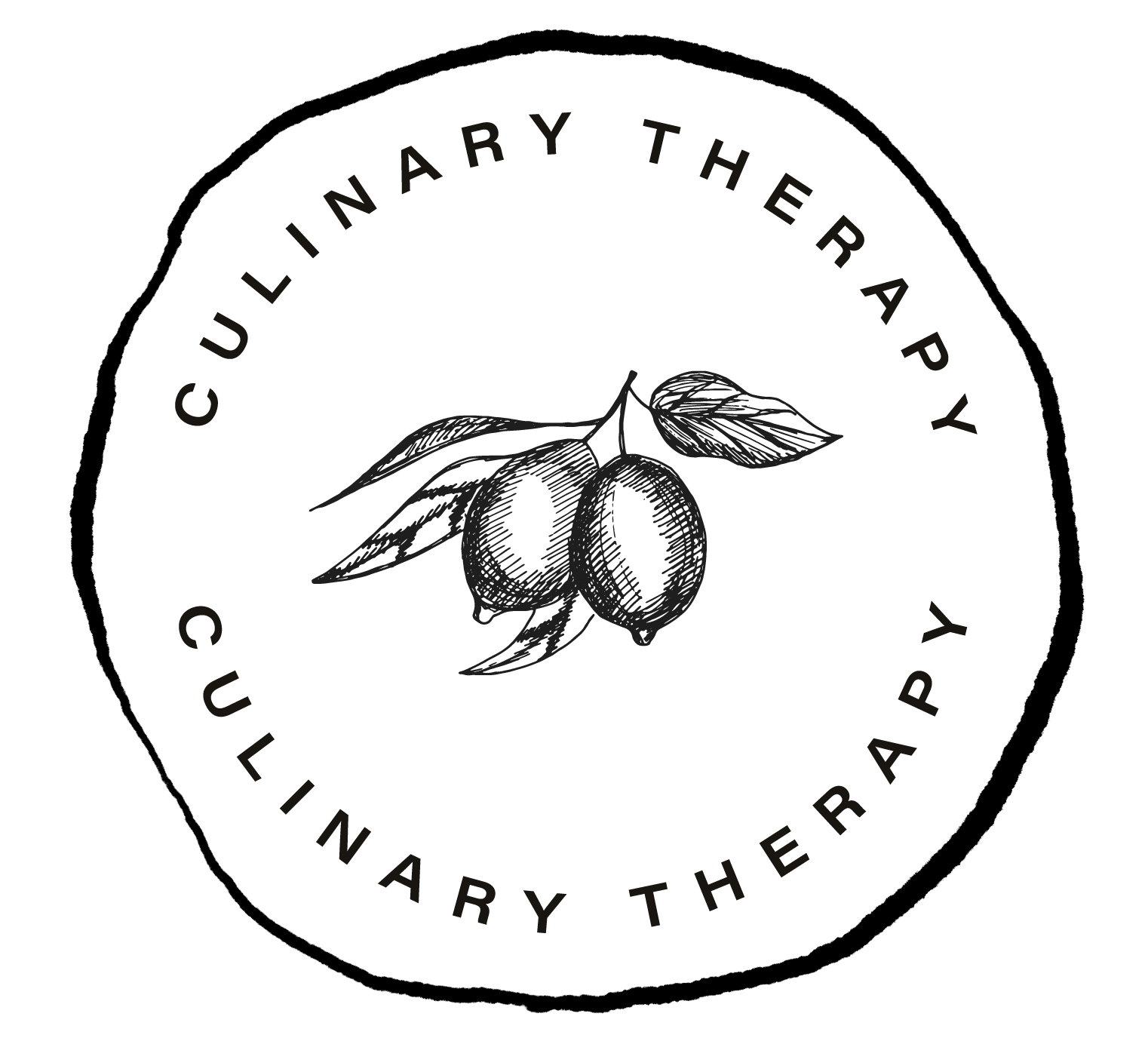A few summers ago, seeking to deepen my knowledge of health-supportive cooking, I studied at the Natural Gourmet Institute here in NYC. I’ve been cooking for a long time, but it wasn’t until this summer that I learned to appreciate every food for its unique ability to nourish and support us in better health. Greens, for example, are particularly energizing. Root vegetables, grounding. Vitamin C rich foods like broccoli and oranges are great for immune support. And foods like beets and parsley are known for their detoxifying properties. Parsley was a surprise for me, because up until this time, I had used herbs as a garnish and flavor, enhancing an Italian sauce or placed delicately on an entree for visual appeal. Herbs, it turns out, have wonderful healing properties. And I mention them because it is super easy to incorporate herbs into our everyday cooking.
Herbs have been a part of every culture since the beginning of human life. They have been used to cure everything from the common cold to serious medical conditions. Today, the field of herbal medicine (the study of the medicinal properties of plants) has exploded here in the U.S. as practitioners return to the use of herbs as remedy. In my home, we grow herbs in our family garden. Herbs like sage, parsley, rosemary, basil, cilantro, and oregano grow easily, making them favorites for first time gardeners. Spring is the time to plant, so plan your garden now and you will be rewarded with fresh herbs throughout the summer and early fall that can then be dried for the winter. Fresh herbs are best, not only in flavor, but in nutritional content as well.
There are many hundreds of herbs. And, there are many hundreds of uses for herbs. In the Spring, my favorite way to use herbs is as a natural support for the liver in detoxification. Detoxification is, very simply, the process by which we release toxins that have accumulated in our bodies from both our internal and external environment. Essential for good health, detoxification (when done correctly) will release the body’s toxic burden, allowing our organs to function more efficiently. The added benefits are significant, from the relief of minor medical ailments like sinus problems or headaches, to more energy, relief of digestive distress, and much more.
Parsley is one of the world’s most popular herbs, yet it is widely under-appreciated for its healing properties. It is used in a Chinese folk remedy for cooling the liver and clearing the eyes. Today, it is a known detoxifier for the liver and kidneys. Parsley is high in anti-oxidants and vitamin K. It also contains vitamin C , vitamin A, folate, calcium, iron and potassium. The vitamins, minerals and antioxidants found in parsley have powerful immune-supportive and anti-inflammatory properties. The “volatile oils” in the parsley qualify it as a “chemo-protective” food, neutralizing carcinogens (toxins) in the body and shown to inhibit tumor formation.
The most common types of parsley are the curly leaf and Italian flat leaf variety. The Italian is more fragrant and less bitter, and what I tend to use in my family kitchen. It will also hold up to heat better than the curly variety, making it the better choice in cooked foods.
How to store it:
I store parsley in the refrigerator door, in a mug of water, with the bag covered over the leaves. If you have extra, you can dry it by laying it out on a kitchen cloth. Once dry, store in a tightly sealed jar in a dark place. I’ve found that Italian parsley works better than the curly leaf for drying.
How to prepare it:
Always wash parsley right before cooking it. There are an infinite number of ways to prepare parsley. You can toss it in soups, salads, grains or smoothies. It can be added to pesto or used as a flavoring for chicken or fish. Try my favorite breakfast frittata recipe with parsley here.




